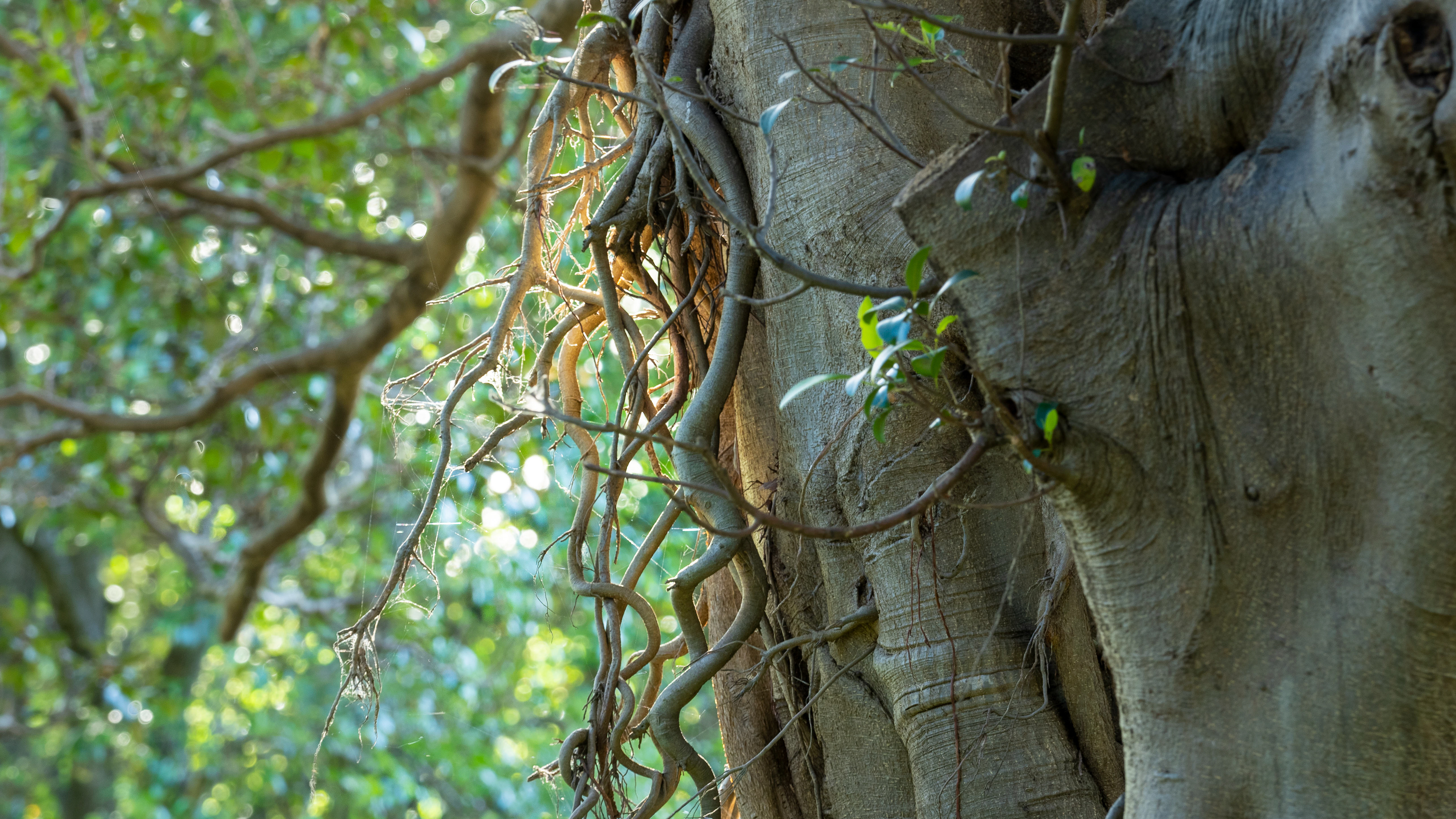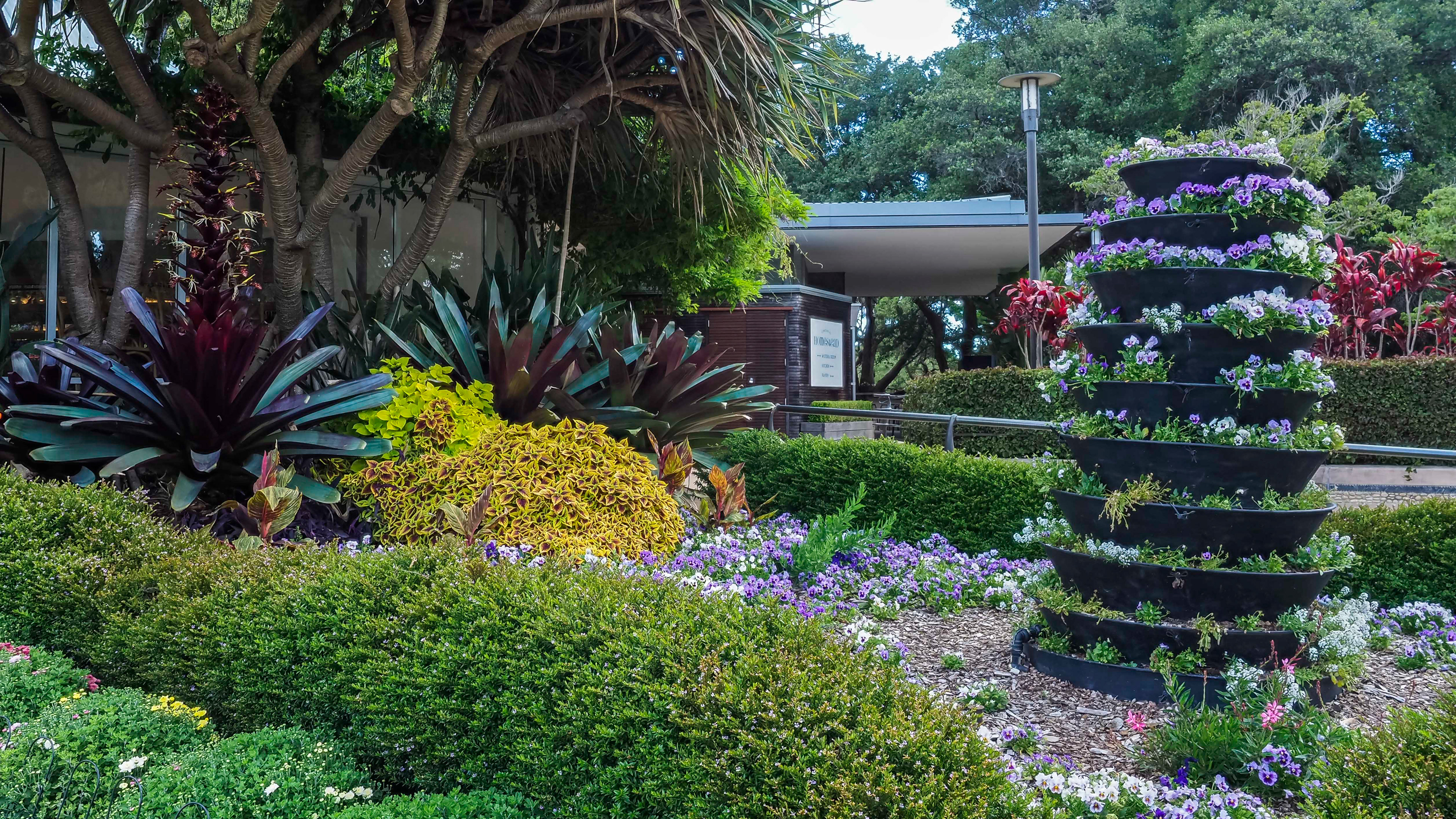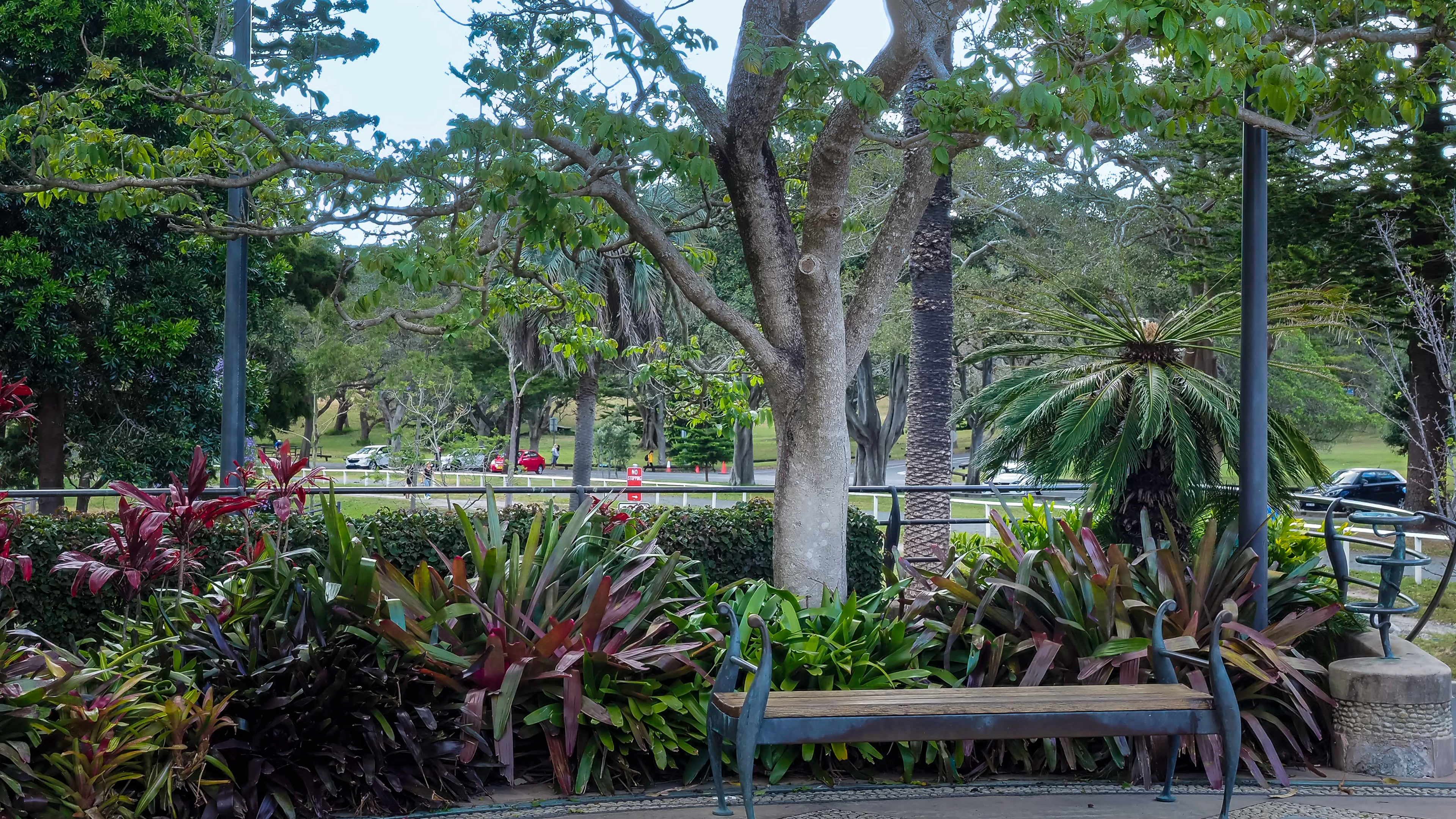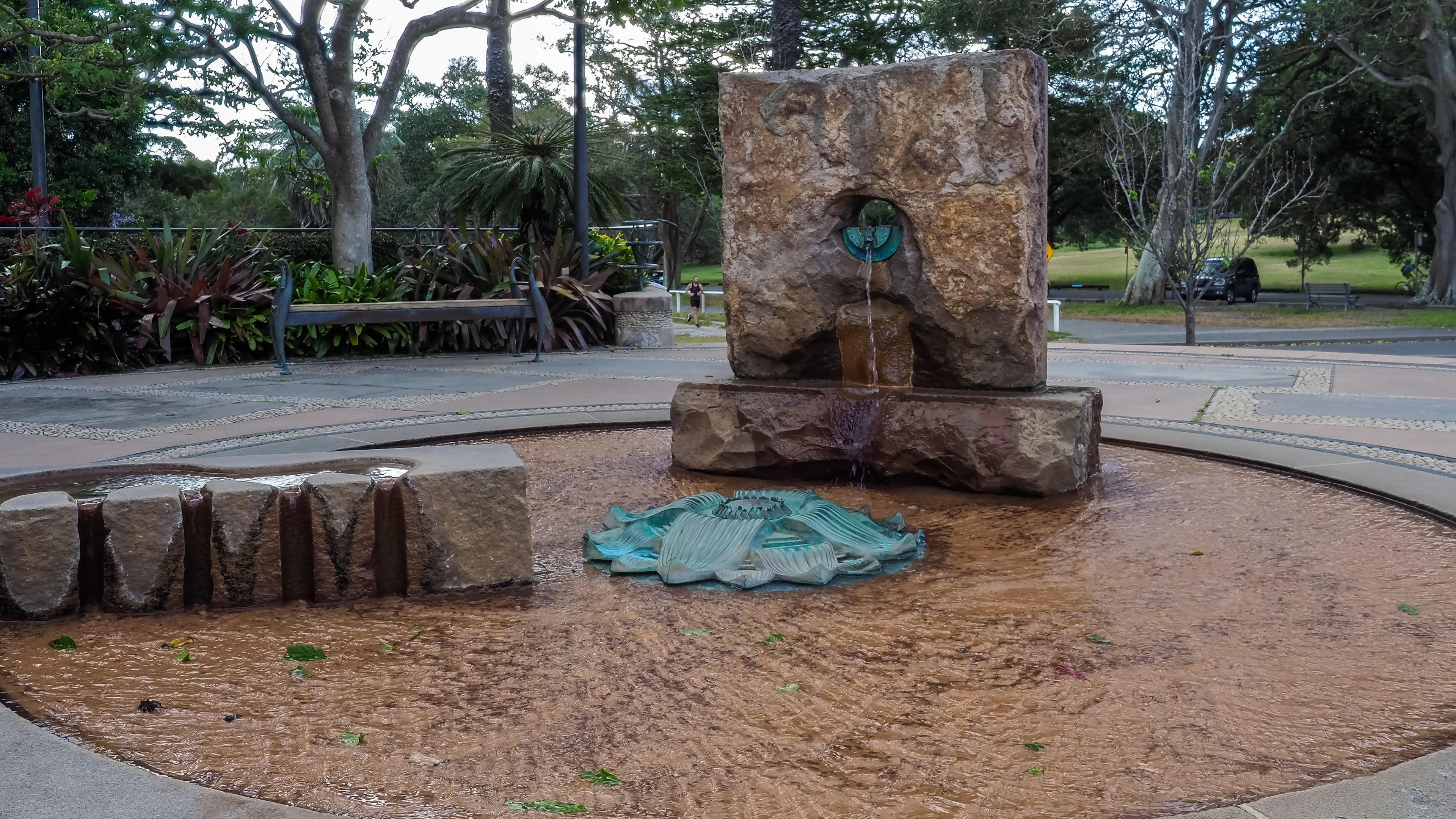Centennial Parklands, in the middle of the eastern suburbs of Sydney, is considered the ‘lungs’ of Sydney.
Standing on Gadigal land, and originally a swamp, it was set aside early in colonial history as land for water source and then as a public park. It opened in 1888.
Sir Henry Parkes’ vision was to create a ‘People’s Park’ in which the citizens of Sydney could ‘take in the air’ away from the Sydney town centre. This vision is alive and well, with the park receiving over 30 million visitors a year.


The trees in the park are all about 130 years old – with species like Melaleuca quinquenervia, Ficus rubiginosa, Agathis robusta and Grevillea robusta abounding.
Throughout its history, successive directors have ordered major plantings, as outlined here.
In the 1860s, Charles Moore planted an avenue of figs along Anzac Parade including Ficus rubiginosa (Port Jackson) and Ficus macrocarpa (Moreton Bay). More figs were planted in the 1880s along with Araucaria heterophylla (Norfolk Island pine), A. cunninghamii (Hoop pine) and Grevillea robusta (Silky Oak).
In the 1890’s, more native trees were planted under the direction of Joseph Maiden, including Melaleuca quinquenervia (paperbark).
Maiden considered soil and climate over stylistic convention in his choices. He also favoured native trees, which was unusual for the time and the Paperbark Grove is now one of the most photographed areas in the Park.
Plantings continued throughout the next 30 to 40 years with both natives and exotic trees but then slowed due to change of management and budgetary pressures.
In the 1960s, planting was restarted with an emphasis on native species. In 2000, to commemorate Maiden’s work, a row of 65 paperbarks was planted along Alison Road.
A row of Washingtonia (an exotic palm) were destroyed by phytophthera and were replaced with Agathis robusta.

Ficus rubiginosa

Ficus rubiginosa

Tree fern under the figs

Agathis robusta



Ficus rubiginosa

Melaleuca quinqueneriva
Around the parks office is a small but stunning native garden.



Throughout the garden are some wonderful features, cafes, play areas, wild areas, ponds, ducks and tracks. It also offers outdoor learning programs for classes of all ages, focusing on environmental education, sustainability, fieldwork, and developing a life-long connection to nature.
One of the mothers I spoke to said that her son loves to come and visit, particularly the wild play areas. Another couple are part of a walking group that makes a morning pilgramage to the park, to set them up well for the rest of the day.
Another visitor cycled from the inner city each day. He had been coming to the park for 40 years, first with his kids, and now to enjoy a coffee amongst the greenery and fresh air.








Truly a wonderful place to visit and relax. Long may it exist!